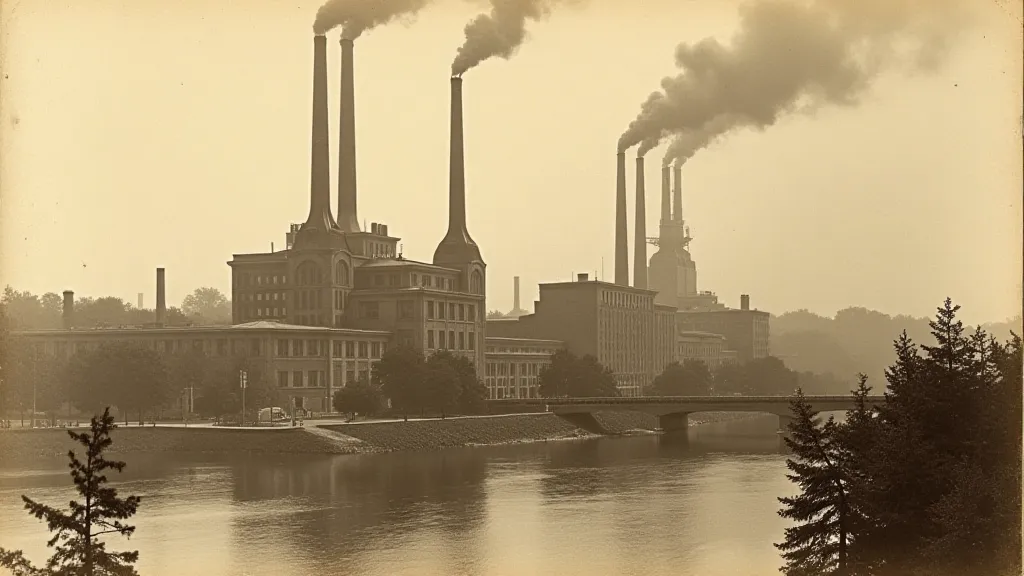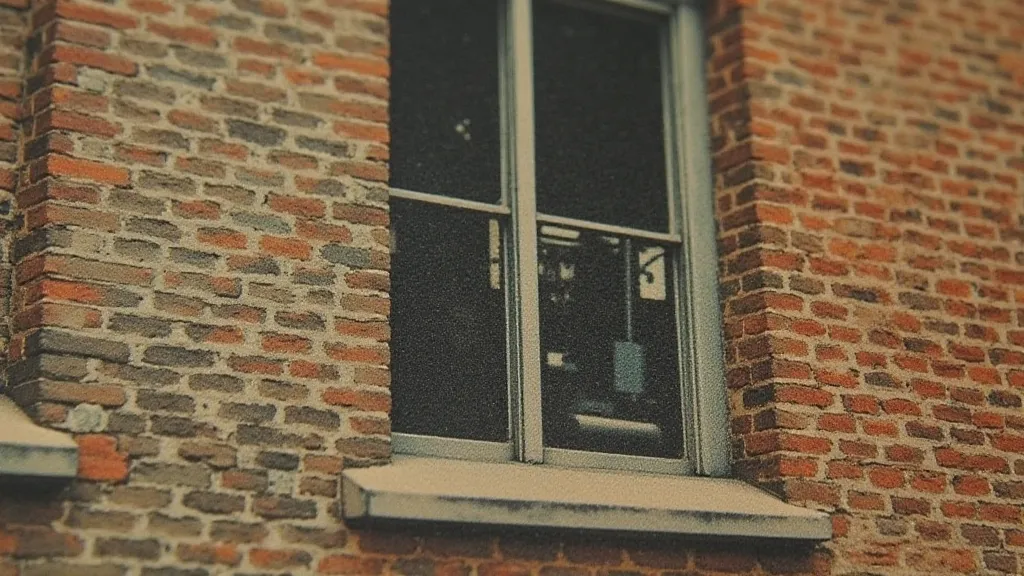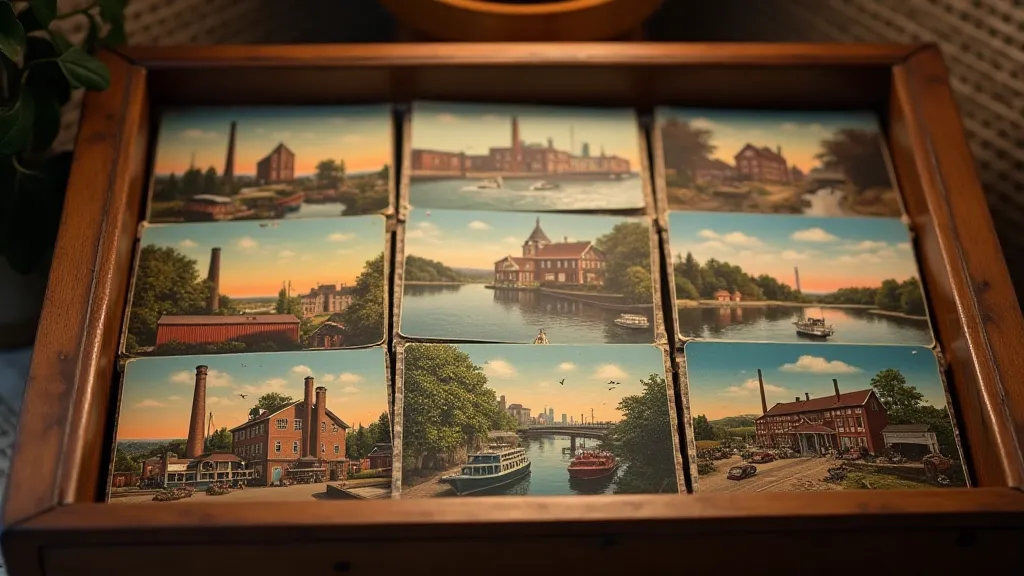The Mill Town’s Reflection: Postcards as a Mirror to Industrial Maine
Maine’s identity is inextricably linked to its industry. While many envision rocky coastlines, lobster boats, and dense forests, the state’s history is also etched in the brick and mortar of its mills and factories. These industrial hubs, once the engine of Maine’s economy, shaped its communities, defined livelihoods, and left an indelible mark on the landscape. And nowhere is this story more poignantly preserved than in the humble vintage postcard.
My own fascination with Maine postcards began, as so many do, with a single find. Browsing a dusty antique shop in Bridgton, I unearthed a card depicting the Shead Paper Mill in Portland. The image wasn’t glossy or vibrant; it was sepia-toned, almost faded, the details softened by time. But it spoke volumes. It wasn't just a picture of a building; it was a window into a world, a time, and a people.
The Rise of Industrial Maine & the Postcard Craze
The late 19th and early 20th centuries witnessed a boom in Maine's industrial sector. Lumber, paper, textile, and shoe manufacturing became dominant forces, attracting workers from across the country and even overseas. Towns like Biddeford, Saco, Waterville, and Rumford transformed into bustling mill towns, their populations swelling as families sought opportunity. This era coincided perfectly with the burgeoning postcard craze. Introduced in the 1890s, postcards quickly became a popular and affordable way to communicate, offering a tangible connection between sender and recipient. The novelty of receiving an image from a faraway place, coupled with the low postal rates, fueled an explosion in production and consumption.
Suddenly, businesses recognized the potential. Mills and factories, eager to showcase their operations and attract tourism (and, perhaps, prospective employees), began commissioning postcards depicting their facilities. These weren’t just promotional tools; they were reflections of civic pride, testaments to the hard work and ingenuity of the Maine people.

Echoes of Hardship & Resilience
While these postcards often portray an image of progress and prosperity, a closer look reveals a more nuanced narrative. The industrial landscape wasn't always kind. The work was often grueling, the hours long, and the conditions hazardous. These cards, however, rarely dwell on the struggles. Instead, they present a carefully curated view – a view designed to project strength and stability.
Yet, even within this polished facade, glimpses of reality peek through. Look at the faces of the workers in the background – often blurred and indistinct, yet hinting at the anonymity and dehumanization inherent in factory labor. Examine the architecture – the imposing scale of the mills dwarfing the surrounding homes, a visual representation of the power dynamic between industry and the working class. These subtleties enrich the historical context, reminding us of the sacrifices made and the challenges overcome.
The Great Depression brought devastating hardship to Maine’s mill towns. Many factories shut down, leaving thousands unemployed. Postcards from this era often show a marked shift in tone – a sense of quiet desperation, a visible lack of optimism. Families were displaced, communities fractured, and the once-proud industrial heart of Maine faltered. These cards stand as poignant reminders of a difficult period in the state’s history.
Craftsmanship & the Art of the Postcard
The beauty of these vintage Maine postcards extends beyond their historical significance; it lies in their craftsmanship. Early postcards were often photogravures, a printing process that yielded incredibly detailed and richly toned images. The process was laborious, requiring skilled photographers, engravers, and printers. The quality of the paper itself was often exceptional, far superior to the flimsy stock used today. Many cards also feature intricate hand-tinting, adding a layer of artistic flair and enhancing the overall aesthetic appeal.
Observing a card closely, you can appreciate the dedication of the artisans involved. The subtle gradations of tone, the meticulous detail in the buildings, the delicate brushstrokes in the hand-tinted areas – all speak to a level of artistry that is rarely seen in modern mass production. Collecting these postcards isn's just about owning a piece of history; it’s about appreciating the skill and dedication of the people who created them.

Restoration & Preservation: Gentle Care for a Fragile Past
Vintage postcards are delicate artifacts, susceptible to damage from age, handling, and environmental factors. Many have suffered from fading, creasing, foxing (those unsightly brown spots caused by mold), and tears. While complete restoration is rarely possible or desirable (it can diminish the card’s historical value), gentle preservation techniques can help extend their lifespan.
Proper storage is paramount – storing cards in acid-free sleeves and boxes protects them from further deterioration. Careful cleaning with a soft brush can remove surface dust and grime. Avoid using harsh chemicals or abrasive materials, as these can damage the image. A skilled conservator can address more significant damage, but it's often best to leave the card in its original condition, allowing future generations to appreciate its authenticity.
A Legacy in Miniature
These vintage Maine postcards are more than just pretty pictures; they are tangible links to a bygone era. They offer a window into the lives of the men, women, and children who built and sustained Maine’s industrial heart. They remind us of the hardships endured, the triumphs celebrated, and the enduring spirit of the Maine people. Each card holds a story, a piece of history waiting to be discovered. As we collect and preserve these miniature masterpieces, we ensure that the legacy of industrial Maine lives on, reflected in the faded ink and sepia tones of a forgotten age.






